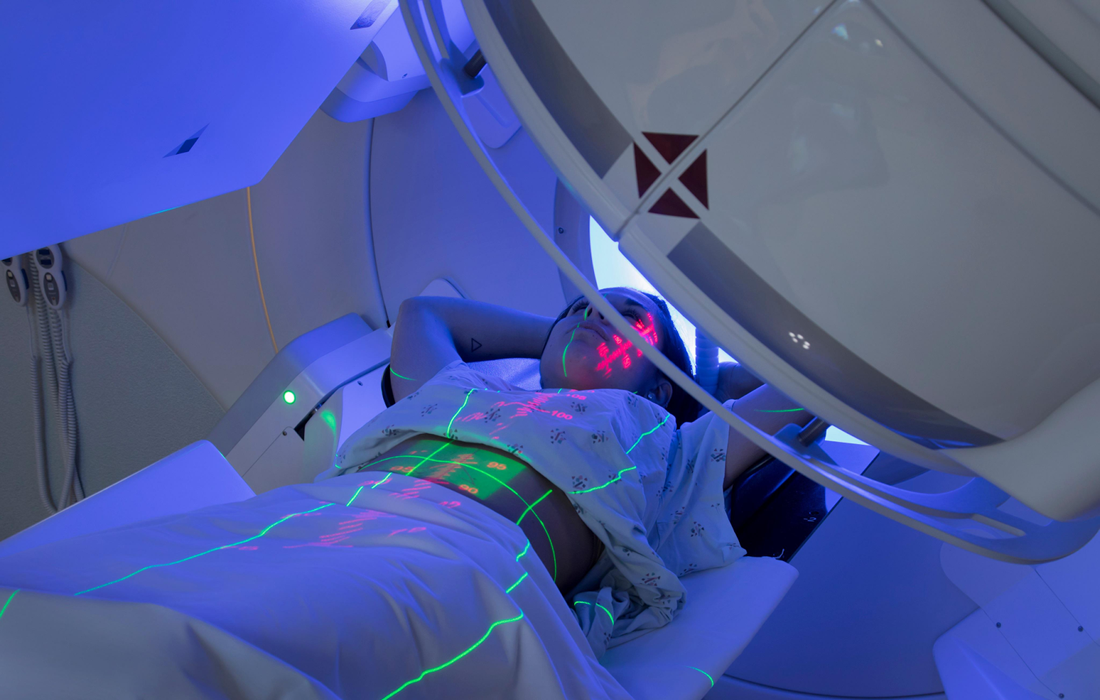Regenerative Medicine News and General Information
Radiation Therapy Reprograms Heart Muscle Cells and Fix Arrhythmias
Sudden cardiac arrest, occurring in the setting of impaired cardiac function and structural heart disease that lead to ventricular tachycardia (VT) and ventricular fibrillation, is a leading cause of death in the world. Implantable cardioverter defibrillators improve survival in at-risk populations at the cost of reduced quality of life from shocks and potential for worsening heart failure (HF).
Anti-arrhythmic drugs (AADs) have considerable side effects and modest efficacy. Invasive radiofrequency catheter ablation (CA) identifies electrically reentrant regions within scar and delivers ablative thermal energy to homogenize scar and eliminate VT. However, CA is time-consuming, technically challenging, and highly operator-dependent. Rates of acute VT cessation and durable control are high in favorable individuals, especially first-time CA patients with preserved ventricular function and ischemic cardiomyopathy with focal scar.
Success rates are considerably lower in patients with severely impaired ventricular function, diffuse scar, or prior CA. Failure of CA may occur in part due to anatomical factors or limitations in the properties of heat transfer physics to create full-thickness, gap-free ablations.
Radiotherapy (RT) noninvasively delivers high-dose radiation to volumes of target tissue anywhere in the body, with minimal off-target exposure, and is well established for treating malignancies. Hypothetically, ablative doses of radiation could noninvasively replicate effects of CA, with a fibrotic response expected over months to years
New research suggests that radiation therapy can reprogram heart muscle cells to what appears to be a younger state
Stacey L. Rentschler, MD, PhD, an associate professor of medicine, of developmental biology and of biomedical engineering, and collaborators , found that radiation treatment triggered heart muscle cells to begin expressing different genes. They measured increased activity in a signaling pathway called Notch, which is known for its vital role in early development, including in forming the heart’s electrical conduction system.
Notch is usually switched off in adult heart muscle cells. But the researchers found that a single dose of radiation temporarily activates Notch signaling, leading to a long-term increase in sodium ion channels in the heart muscle, a key physiologic change that can reduce arrhythmias.
The researchers studied these effects in mice and in donated human hearts. In the human heart samples, the researchers found that these changes in heart muscle cells were only present in areas of the heart that received the targeted radiation dose.
The researchers also found that the beneficial effects of radiation continued for at least two years in surviving patients. And importantly, they were able to demonstrate in mice that a lower dose of the radiation produced the same effect. A lower radiation dose could minimize long-term side effects and open the door to this type of treatment in other types of heart arrhythmias. And while Notch was a big player in these effects, Schwarz said it’s not the only pathway involved.
The researchers are continuing to investigate how radiation triggers heart cells to revert to a healthier state. It’s important to understand how this works because, with that knowledge, we can improve the way we’re treating these patients and then apply it to other diseases.
SOURCE:
Zhang, D.M., Navara, R., Yin, T. et al. Cardiac radiotherapy induces electrical conduction reprogramming in the absence of transmural fibrosis. Nat Commun, September 24, 2021. Retrieved from: https://www.nature.com/articles/s41467-021-25730-0
IMAGE:
https://medlineplus.gov/images/RadiationTherapynew_share.jpg

